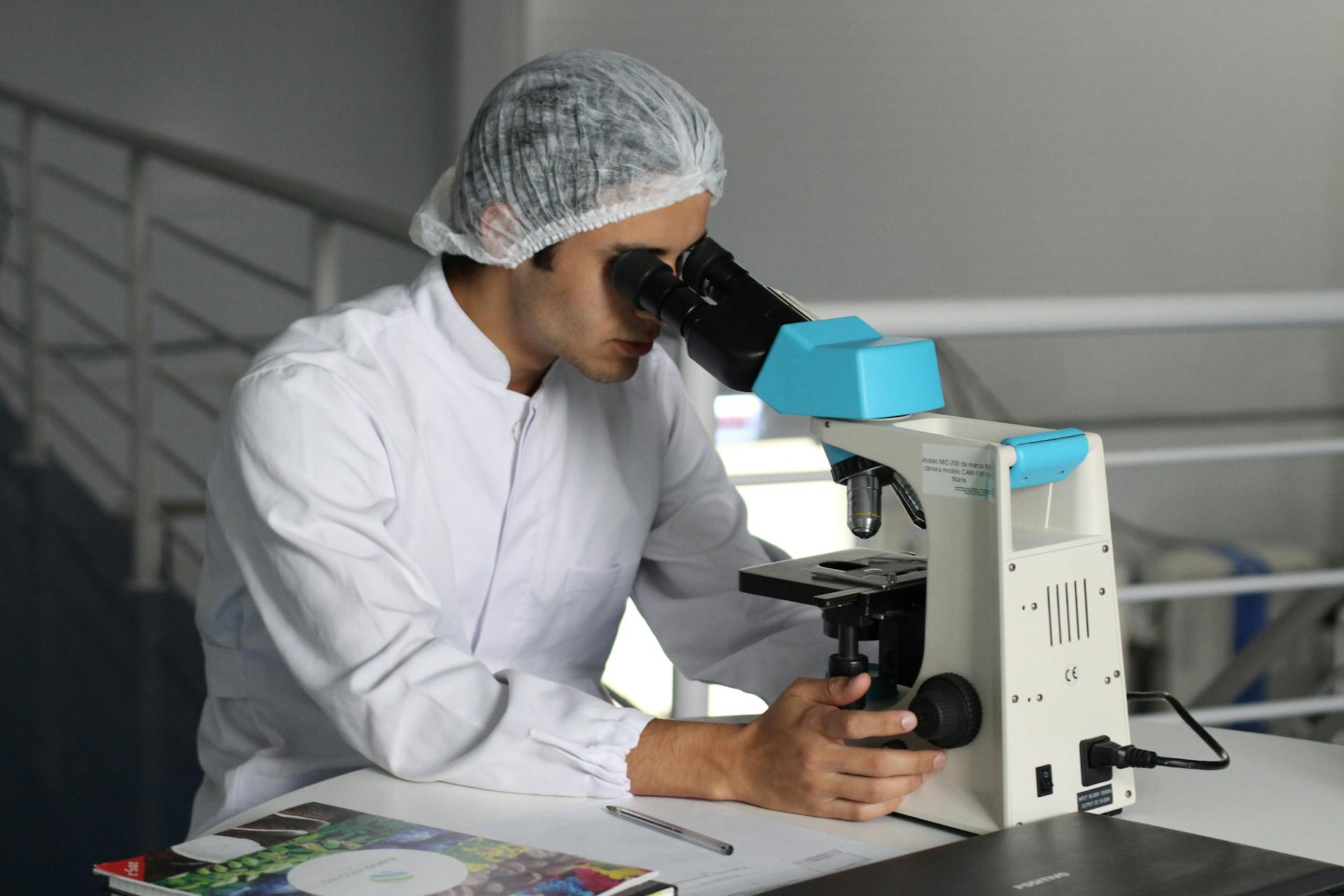Managing the temperature and humidity in labs is incredibly important. Labs are full of sensitive equipment and materials that need precise conditions to work correctly. When these conditions aren’t met, it can mess up research results and even damage expensive equipment. That’s why keeping an eye on these environmental factors is so important. They play a big role in making sure everything in the lab is running smoothly and effectively.
Temperature and humidity fluctuations can create significant challenges in a lab setting. Imagine working on a project that’s been going on for months, only to have one unexpected fluctuation ruin it all. This can happen if the temperature or humidity levels drift outside of acceptable ranges. Strong fluctuations can lead to inaccurate data and potential losses, making it clear that having the right monitoring system is critical. A top-notch monitoring system not only keeps tabs on the environment but also sends out alerts so immediate actions can be taken to fix any issues.
The Impact of Temperature and Humidity Fluctuations in Labs
Temperature and humidity changes can seriously affect what happens inside a lab. When temperatures swing or humidity gets out of hand, it can ruin sensitive samples and alter the function of sophisticated lab devices.
Consider the possibility of a seemingly minor temperature change causing serious issues. Certain chemicals and biological samples can react unpredictably to such changes. This can lead to compromised experiments and unreliable data. Temperature swings might also wear down equipment over time, leading to costly repairs or replacements.
Keeping the conditions stable is super important. Stable temperature and humidity ensure that tests are conducted in a controlled environment, helping scientists and researchers find the most accurate answers. This stability means that the results are true reflections of the experiments, not the environment’s vagaries. It also reduces the potential for errors and makes scientists’ jobs a little easier, as they can trust the environment they are working in.
Proper temperature and humidity management go beyond the experiments. Equipment, chemicals, and samples are costly investments, and uncontrolled fluctuations can render them useless. To make sure things run properly, having suitable systems in place is not just an option. It’s pretty much a must-have for any serious lab. The right monitoring systems safeguard these investments, providing peace of mind and ensuring that both resources and efforts are well-utilized.
Key Features of an Effective Temperature and Humidity Monitoring System
A reliable monitoring system does more than just track changes; it acts almost like a proactive security guard for your lab environment. One essential feature is real-time monitoring paired with alerts. Whenever conditions step outside the defined safe zone, labs can receive an instant notification. This means quick reactions are possible to prevent any potential damage or data loss. Speedy alerts can make all the difference, especially when handling materials or experiments that are sensitive to environmental changes.
Data logging is another key feature. It offers a detailed history of temperature and humidity levels, which is extremely useful for regular checks and during audits. Automated logs provide an easy-to-access record that meets compliance standards, reducing headaches during inspections. This logging capability ensures that all necessary regulations are met, which can help the lab avoid penalties.
Finally, the ease of integrating the monitoring system with existing lab setups is crucial. A compatible system ensures a seamless operation without the need for major changes. When the monitoring tools are simple to use and easy to connect to other systems, it leads to fewer disruptions and more efficient lab management. So, picking a system that fits smoothly into your current setup not only simplifies operations but boosts the overall efficiency of the lab.
Best Practices for Implementing Temperature and Humidity Monitoring in Labs
Getting the most from a monitoring system involves some straightforward practices. First, regular calibration and maintenance of the monitoring equipment are crucial. Keeping equipment tuned ensures that readings remain accurate, preventing any false alarms or neglect in critical conditions. Spending a little time on equipment checks can save considerable headaches and resources down the road.
Training staff is also a big priority. Teaching them how to respond promptly and correctly to alerts makes sure that any issues are tackled head-on. Well-informed staff can implement immediate measures to maintain stable lab conditions, avoiding downtime and mishaps. A team that’s well-prepared is a big part of effective monitoring.
Creating standard operating procedures for monitoring and addressing fluctuations helps maintain consistency. When everyone knows their role and what steps to take, it reduces confusion and speeds up responses. This clarity helps ensure that any changes in temperature or humidity are dealt with efficiently, minimizing disruptions to lab operations.
Real-world Applications and Benefits in Durham, NC Labs
Labs in Durham, NC, reap significant benefits from having advanced monitoring setups. For instance, a local facility focused on biopharmaceuticals saw major improvements in reliability and efficiency after implementing such a system. The immediate notifications allowed quick adjustments, safeguarding sensitive research and valuable materials from unforeseen environmental changes.
Durham labs also adhere to specific regulations and standards, making compliance a necessity. Advanced monitoring ensures that labs stay within these bounds, helping them sail through audits with ease. These systems not only keep everything in check but also provide peace of mind, knowing that compliance is locked in.
Safeguarding Your Lab with Qualified Controls
Maintaining reliable temperature and humidity levels in labs acts as both a shield and a compass, guiding operations towards success. These systems preserve the integrity of experiments and the safety of materials, thus fostering groundbreaking research. The security of these systems impacts both the performance and safety standards expected in labs.
For labs aiming to elevate their monitoring capabilities, looking into solutions that offer real-time alerts, comprehensive data logging, and seamless integration should be a priority. Such features ensure the lab environment is stable and in compliance, allowing focus to remain on the work that truly matters: advancing knowledge and discovery.
For labs in Durham, NC, looking to keep their environments in check, adopting a comprehensive temperature and humidity monitoring system can make a big difference. By ensuring that these critical parameters are consistently managed, labs can protect their sensitive materials and experiments. Whether it’s seamless integration or real-time alerts, Qualified Controls offers the right solutions. Discover more about how these systems can help maintain your lab’s integrity by exploring applications that fit your needs.


